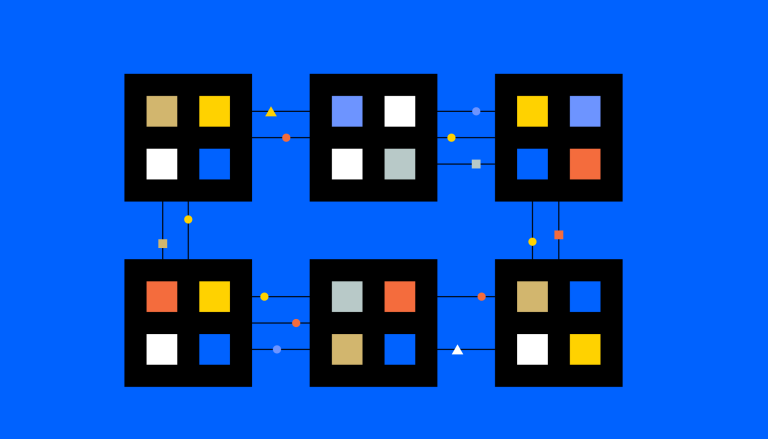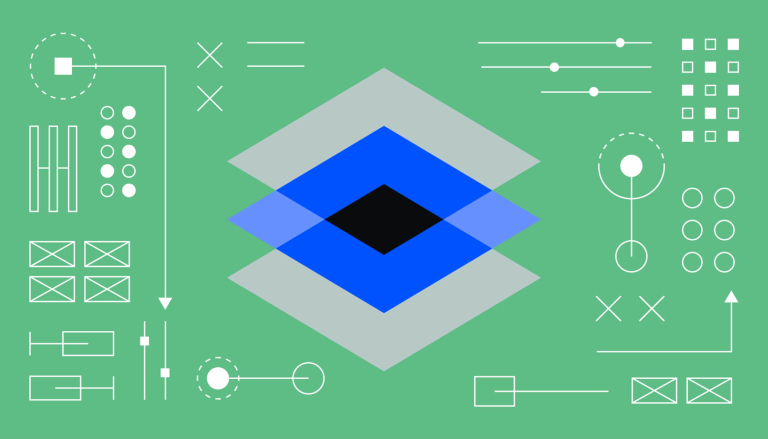Monolithic vs Modular approach to blockchain scalability : how do they differ?

Monolithic blockchains consolidate all functionalities within a singular layer, while modular blockchains divide the system into smaller, specialized parts.
Monolithic blockchains, like Bitcoin, face limitations in versatility and scalability, leading to the development of modular blockchains.
Modular blockchains aim to create a system that specializes in different functions, striving for sovereignty and scalability.
Understanding Monolithic Blockchains
Monolithic blockchains, the first generation of blockchain systems, consolidate all fundamental functionalities within a singular layer of the blockchain structure. These functionalities include transaction execution, consensus mechanisms, and data availability. Bitcoin is a prime example of a monolithic blockchain.
In a monolithic blockchain, all transaction data is stored on the blockchain itself, making the transaction history accessible to every node on the network. This ensures data availability and integrity. Transaction execution involves processing and verification, with transactions undergoing on-chain validation. Bitcoin, for instance, uses a proof-of-work (PoW) consensus method, where miners compete to solve a challenging mathematical puzzle.
However, the design of monolithic blockchains has limitations, particularly concerning versatility and scalability. These challenges have spurred the development of a new generation of blockchain systems called modular blockchains.
The Emergence of Modular Blockchains
Modular blockchains are a response to the limitations of monolithic blockchains. They divide a system into smaller parts that can be exchanged or replaced, allowing the blockchain to specialize in a couple of functions instead of trying to do everything. This results in a system that aims to be more scalable and customizable.
The functions that modular blockchains can specialize in include transaction execution, dispute resolution and bridge (optional), order transactions, and ensuring data availability. For example, rollups are a type of modular blockchain that specialize in execution, offloading work to other specialized modular blockchains.
Comparing Monolithic and Modular Blockchains
The key difference between monolithic and modular blockchains lies in their approach to scalability and versatility. Monolithic blockchains, while fully functional, face limitations in scalability due to their design. They use a single database to store all transactions on their network, which can lead to issues as the network grows.
On the other hand, modular blockchains aim to overcome these limitations by dividing the system into smaller, specialized parts. This allows for scalability and customization, as each part can be optimized for its specific function. This approach also allows for versatility, as different parts can be replaced or updated independently of each other.
The Future of Blockchain Scalability
The development of modular blockchains represents a step forward in the quest for blockchain scalability. By dividing the system into smaller, specialized parts, modular blockchains aim to achieve scalability and versatility.
However, it's important to note that both monolithic and modular blockchains have their strengths and weaknesses, and the choice between the two will depend on the specific needs and goals of the user or organization. As the blockchain industry continues to evolve, we can expect to see further innovations in both monolithic and modular blockchain systems.

